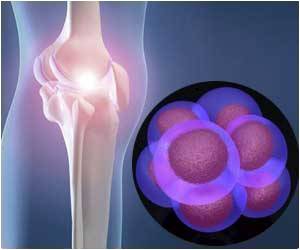Missing biomarkers currently often make precise classification of the relevant type of arthritis difficult. X-ray images used to aid diagnosis are not completely reliable either, as their two-dimensionality is not precise enough and leaves room for interpretation. This is in addition to the fact that positioning the joint being examined for an X-ray image can be difficult.
Artificial Networks Learn Using Finger Joints
To solve this difficulty, scientists focused investigations on the metacarpophalangeal joints of the fingers – regions in the body that are very often affected early on in patients with autoimmune diseases such as rheumatoid arthritis or psoriatic arthritis.
A network of artificial neurons was trained using finger scans to differentiate between “healthy” joints and those from patients with rheumatoid or psoriatic arthritis.
This method was selected as it is currently the best quantitative method of producing three-dimensional images of human bones in the highest resolution.
Neural Networks Could Make More Targeted Treatment Possible
A total of 932 new scans from 611 patients were then used to check if the artificial network can implement what it had learned and can provide a correct assessment of the previously classified finger joints?
The results showed that AI detected 82% of the healthy joints, 75% of the cases of rheumatoid arthritis, and 68% of the cases of psoriatic arthritis, which is a very high hit probability without any further information.
When combined with the expertise of a rheumatologist, it could lead to much more accurate diagnoses. In addition, when presented with cases of undifferentiated arthritis, the network was able to classify them correctly.
However, other categories need to be fed into the network. Researchers are also planning to transfer the AI method to other imaging methods such as ultrasound or MRI, which are more readily available.
Source: Medindia



